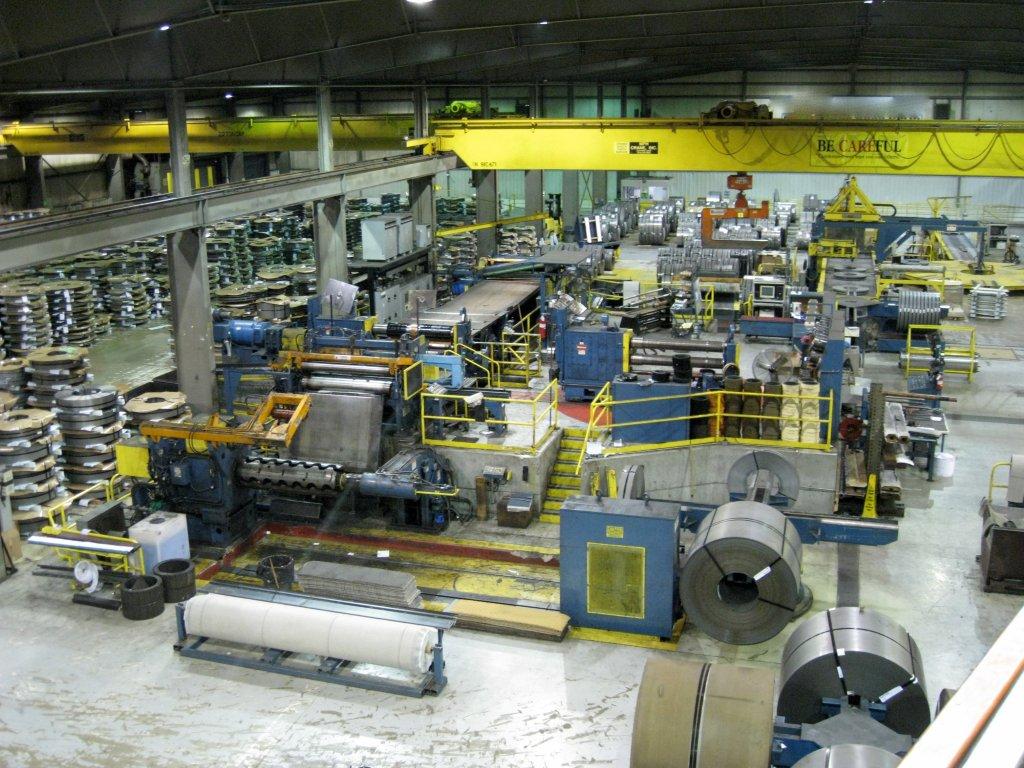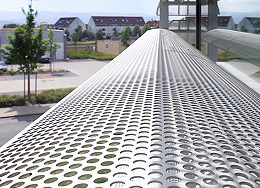
Thống kê
| 1882815 | |
| Số người đang online | 1 |
| Số truy cập hôm nay | 226 |
| Số truy cập tháng này | 57956 |
Quảng cáo
History of stainless steel

|
Stainless steel is always associated with the name of an expert in the steel industry in the UK is Mr. Harry Brearley. When in 1913, he researched and invented a special type of steel with high wear resistance, by cutting down carbon and chromium in the steel components (0.24% to C and 12.8% Cr). Stainless Steel History of stainless steel Stainless steel is always associated with the name of an expert in the steel industry in the UK is Mr. Harry Brearley. When in 1913, he researched and invented a special type of steel with high wear resistance, by cutting down carbon and chromium in the steel components (0.24% to C and 12.8% Cr). Stainless Steel
Stainless steel is always associated with the name of an expert in the steel industry in the UK is Mr. Harry Brearley. When in 1913, he researched and invented a special type of steel with high wear resistance, by cutting down carbon and chromium in the steel components (0.24% to C and 12.8% Cr). Stainless Steel
History of stainless steel
Stainless steel is always associated with the name of an expert in the steel industry in the UK is Mr. Harry Brearley. When in 1913, he researched and invented a special type of steel with high wear resistance, by cutting down carbon and chromium in the steel components (0.24% to C and 12.8% Cr).
Stainless Steel
Then the steel company Krupp in Germany continued to study improvements steels by adding nickel to steel elements to improve corrosion resistance to acids and soften more easily worked. Based on this discovery that two kinds of steel grade 400 and 2 300 born shortly before World War First. After the war, the 20s of XX century, a British steel industry experts as Mr. W. H Hatfield continued research and development of ideas in stainless steel. By combining the different ratio between nickel and chromium in the steel sectors, he has introduced a new type of stainless steel 18/8, who 8% Ni and 18% Cr, is the familiar steel grade 304 of today. He is also the inventor of the 321 steel by adding titanium to steel composition ratio above 18/8.
Over nearly a century, the advent and development, today stainless steel is widely used in all areas of civil and industrial with steel grade and more than 100 different categories.
In the metallurgical industry, the term stainless steel - Stainless steel (stainless steel) is used to describe a form of iron alloys containing minimum 10.5% chromium. Called "stainless steel" but actually it's just iron alloys do not change color or corrode easily as conventional steels. This material may also be referred to as anti-corrosion steel. Typically, there are many different ways to apply stainless steel for different surfaces to increase the longevity of materials. In life, they appear everywhere as the blades cut or strap watches ...
Stainless steel is resistant to oxidation and corrosion is very high, but the choice of the right type and their technical specifications to fit into each specific case is a very important factor.
Resistant to oxidation from the surrounding air at normal temperature of stainless steel is due to the ratio of chromium in the alloy (as low as 13% and can be up to 26% in the case of work in harsh working environments). Oxidized state of chromium oxide, chromium usually (III). When chromium alloy steel in contact with air is a very thin layer of chromium oxide III appeared on the surface of the material; This thin layer that can not be seen with the naked eye, meaning the metal surface is still shiny. However, they absolutely do not react with water and air, it protects the steel layers underneath. This phenomenon is called the oxidation rust engineered materials. We can see this phenomenon for some other metals such as aluminum and zinc in.
When these objects made of stainless steel are linked together with forces acting as bolts and rivets, the oxide layer of them may fly off at the location where they are connected together. When disassemble them out, you can see those placements corrosion.
Nickel and molybdenum and vanadium also features stainless oxidation similar but not widely used.
Besides chromium, nickel and lip-black modules and nitrogen oxidation also features similar rust.
Nickel (Ni) is a common ingredient to enhance viscosity, easy bending, shaping properties of stainless steel. Model-lip-black (Mo) makes stainless steel resistant to corrosion in acidic environments. Nitrogen (N) create stability for stainless steel in subzero temperatures (cold environment).
The participation of the various components of chromium, nickel, lip-black module, nitrogen lead to different crystal structures generate various physical properties of stainless steel.
The milestone marked the birth of Stainless Steel:
1912: The British metallurgical Harry Brearley invented stainless finding a hole drilled alloy protect gun abrasion. Stainless steel is produced commercially in May 08 1913.
1915: During World War I, stainless steel valve used to manufacture aircraft engine-PAP.
1919-1923: Sheffield began producing regular cutlery stainless steel; utensils and cutlery stainless steel for surgical use.
1924: Stainless Steel Roofs first appeared in the United States.
1928: Industrial beer fermentation tank mounted stainless steel first.
1929: Milk truck was the first stainless steel used 3,000 gallons of milk shipped.
1929- 1930: Seven top dome of the building The Chrysler Building made of stainless steel. This landscape of New York City is recognized as one of the highest skyscrapers in the world.
1931: Railway wagon made of stainless steel in the US appear. Rolls Royce as well as grille and reliefs made of stainless steel.
1933: Introduction sinks in kitchen and household items made of stainless steel.
1950: Automobile Parts Stainless steel is used much.
1954: Production of the camcorder underwater stainless steel.
1963: Production of the first blade stainless steel.
1969: The first person on the moon by Apollo 11 Saturn V rocket propelled make stainless steel.
2000- to date: introduce "bird toys made of stainless steel."
Internet
|
Liên kết website
Hỗ trợ trực tuyến
-
 Liên hệ ngay.Email:ĐT: (08) 6682 3335 - Fax: (08) 6256 2218
Liên hệ ngay.Email:ĐT: (08) 6682 3335 - Fax: (08) 6256 2218




